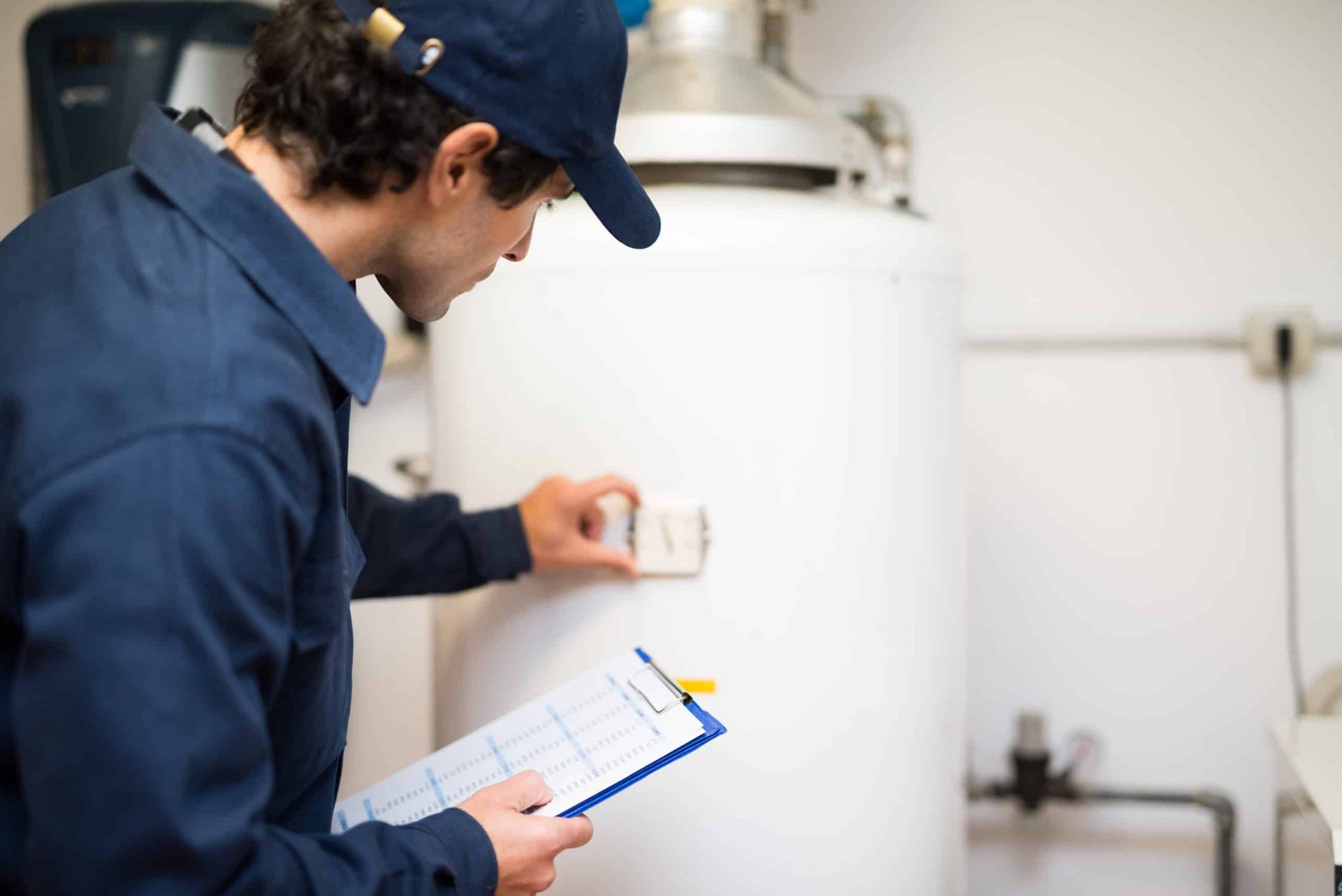Draining Your Hot Water Tank with Expert Guidance
How to Drain a Hot Water Tank
Hot water tanks are important in most homes, providing us with the luxury of hot water for different daily tasks. In the tank, silt buildup over time may cause a reduction in efficiency and even damage. Thus, to avoid these problems and make sure your hot water system runs effectively, draining your hot water tank is an essential maintenance chore. We will lead you through the process of securely and effectively draining a hot water tank in this in-depth manual.
Why Drain Your Hot Water Tank?
Before diving into the draining process, let's understand why it's essential to drain your hot water tank periodically.
- Remove Sediment Buildup:
Sediment, primarily composed of minerals and impurities from the water supply, settles at the bottom of the tank over time. This sediment buildup can reduce the heating element's efficiency and hence lead to potential damage to the tank.
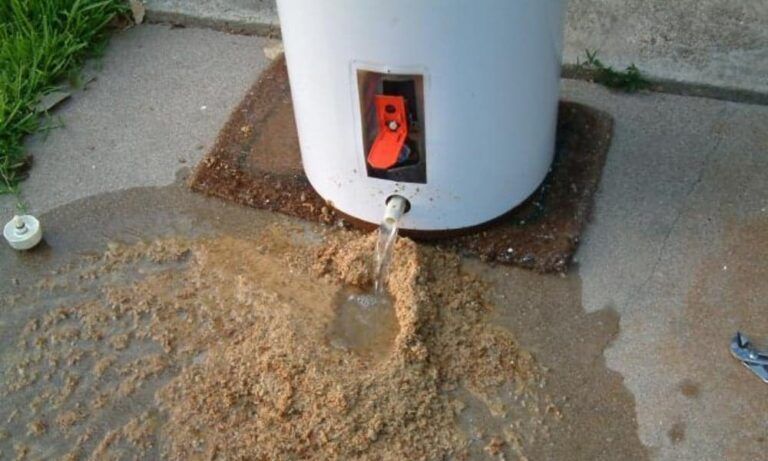
- Improve Efficiency:
A clean hot water tank operates more efficiently, heating water faster and using less energy. This can translate into lower energy bills and a longer lifespan for your appliance.

- Extend Lifespan:
Regular maintenance, including draining the tank, can extend the life of your hot water tank by preventing corrosion and other issues that can develop due to sediment buildup.
- Maintain Water Quality:
Sediment impacts your hot water's flavor and quality. Draining the tank aids in maintaining clean, contaminant-free water.
Let's get to the specific steps now that you are aware of how important it is to drain your hot water tank.
Tools and Materials You Will Need:
Before starting the draining process, gather the following tools and materials:
- A hose long enough to reach a drain or suitable outdoor location.
- A flathead screwdriver or a wrench (depending on your tank's drain valve type).
- A bucket or container (optional).
- Safety gear, including gloves and safety glasses.
- A thermometer (optional, for checking water temperature).
Step 1: Turn Off the Power
When you are working with hot water tanks safety is very important. Before you begin, ensure you turn off the power supply to the tank:
For Electric Hot Water Tanks:
- Locate the circuit breaker or fuse dedicated to the water heater.
- Turn off the circuit breaker or remove the fuse.
For Gas Hot Water Tanks:
- Locate the gas control valve on the tank.
- Turn the gas control valve to the "Off" position.
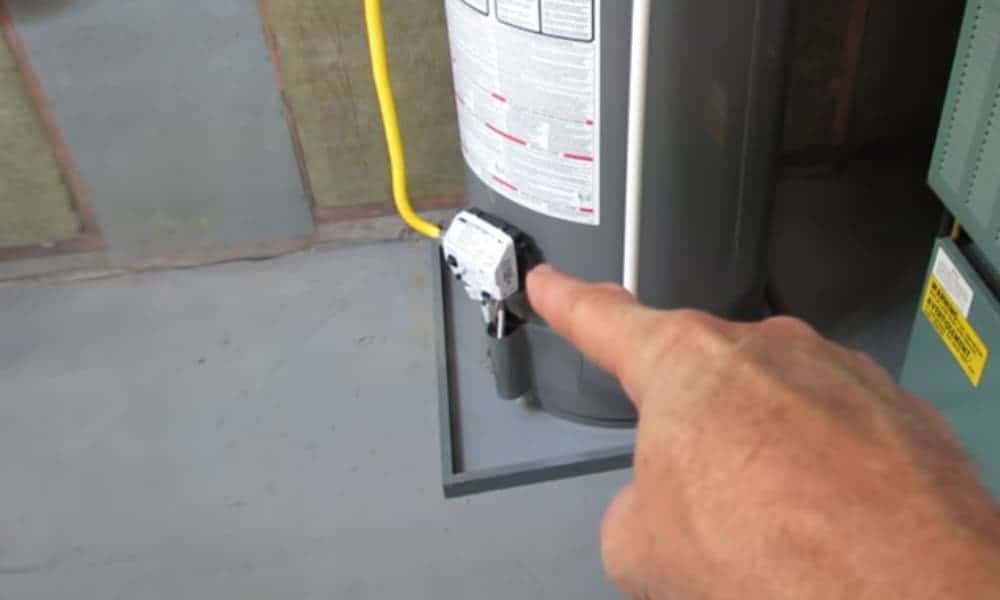
Step 2: Turn Off the Water Supply
Find the valve that enables the supply of cold water to your hot water tank. Typically, you may locate this valve either on top of the tank or along the cold water line that leads to it. To stop the water flow, turn the valve counterclockwise (right). This process is essential to avoid the tank overfilling with water as it is being emptied.
Step 3: Identify the Drain Valve
At the bottom of your hot water tank, there is a small faucet-like component called the drain valve. It's often made of plastic or brass and may have a hose attachment fitting. You may need to use a flathead screwdriver or a wrench to turn the valve, depending on its design.
Step 4: Prepare for Drainage
You can put a bucket or other container under the drain valve before connecting the hose to catch any initial water discharge. Even though it is optional, it can be helpful if you want to check the water's quality or save water.
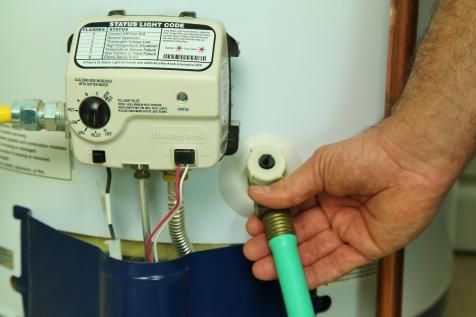
Step 5: Connect the Hose
Attach one end of the hose to the drain valve securely. Make sure it is tightly connected to prevent leaks during the draining process.
Step 6: Open a Faucet
Open a hot water faucet in your home to let air into the system and allow the water to flow from the tank more smoothly. Choose one that's located closest to the tank to create a venting effect.
Step 7: Start Draining
Slowly turn the drain valve in the left's counterclockwise direction to open it while the hose is attached. Be ready. Turn the drain valve counterclockwise (to the right) to close it once the tank is empty and the water coming out is clear. Ensure that the hose is entirely closed to prevent water leaks and the beginning of hot water dripping from it. Make sure the hose is pointed in the direction of a place that can handle drainage, like a floor drain, an outside space, or a sizable bucket.
Step 8: Monitor the Drainage
Watch the water as it drains from the tank. You may notice sediment and debris coming out first. To eliminate as much sediment as possible, the tank must be entirely drained. Check the water frequently until it flows clear.
Step 9: Check the Temperature
You can periodically check the temperature of the water exiting the hose if you have a thermometer. Significant temperature dips are a warning that the tank is almost empty. You can now shut off the drain valve.
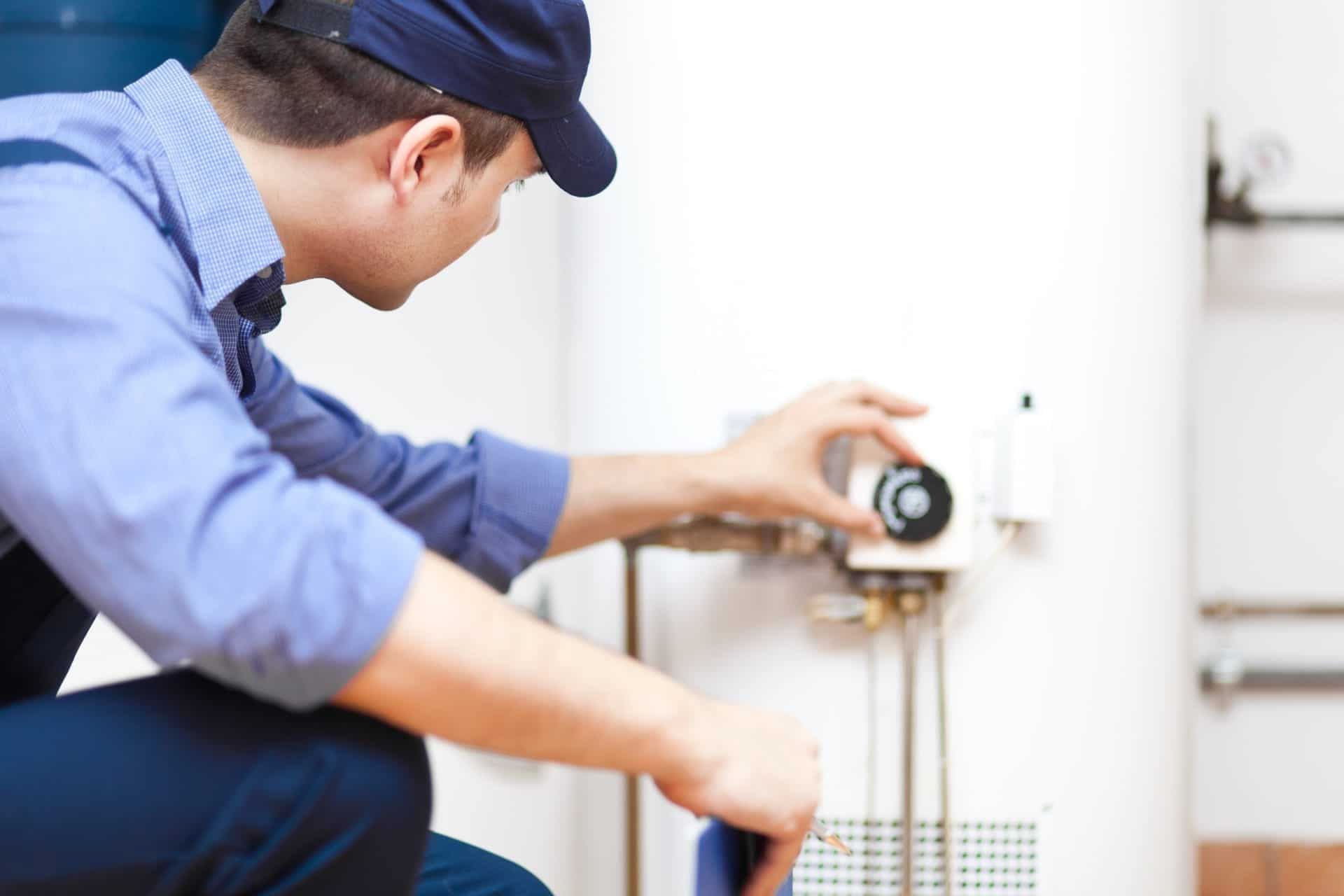
Step 10: Close the Drain Valve
Step 11: Disconnect the Hose
Carefully disconnect the hose from the drain valve, taking care not to spill any water. Allow any remaining water in the hose to drain out before storing it.
Step 12: Turn On the Water Supply
Return to the cold water supply valve and turn it counterclockwise (left) to reopen it. Thus, fresh water will flow into the tank and refill it.

Step 13: Bleed Air from Faucets
With the cold water supply back on, you may notice air sputtering from your hot water faucets. This is normal. Open the hot water faucets one by one and let them run until a steady stream of water flows. This indicates the removal of all air from the system.
Step 14: Restore Power
Go back to the circuit breaker or fuse box and turn the power on if you have an electric hot water tank. Then, go to the gas control valve and turn it back to the "On" position for gas hot water tanks.
Step 15: Check for Leaks
Inspect the area around the drain valve and the hose connection for any leaks. If you notice any, tighten the connections as needed to stop the leaks.
Prolong Your Hot Water Tank's Life
Regularly draining your hot water tank is a simple yet essential maintenance task that can significantly extend the life of your appliance and improve its efficiency. By following the step-by-step guide provided in this article, you can confidently drain your hot water tank while ensuring your safety and preventing sediment buildup. Remember to perform this maintenance task at least once a year or as recommended by your appliance manufacturer to enjoy consistent hot water and lower energy bills.
Your Hot Water Heroes
Are you tired of cold showers and rising energy bills? At Sunshine Plumbers, we have the solution you need to keep your hot water flowing and your expenses under control. Our expert team also specializes in hot water tank maintenance, including professional hot water tank draining services. Furthermore, with our meticulous approach, we'll ensure your hot water tank is free from sediment buildup, allowing it to operate efficiently and extend its lifespan. Therefore, don't compromise on your comfort or budget; choose Sunshine Plumbers for reliable hot water maintenance that keeps your home running smoothly.
Goodbye to Cold Showers
Imagine waking up to a hot, revitalizing shower every morning without worrying about your energy costs. Sunshine Plumbers makes that dream a reality. In addition, our skilled personnel are knowledgeable about hot water tank maintenance, and we're dedicated to providing our clients with top-notch services. Moreover, you invest in long-term savings and peace of mind when you entrust us with the task of draining your hot water tank. Hence, say goodbye to cold showers and hello to efficient, cost-effective hot water, courtesy of Sunshine Plumbers. Contact us today to schedule your hot water tank draining service and experience the Sunshine difference!
